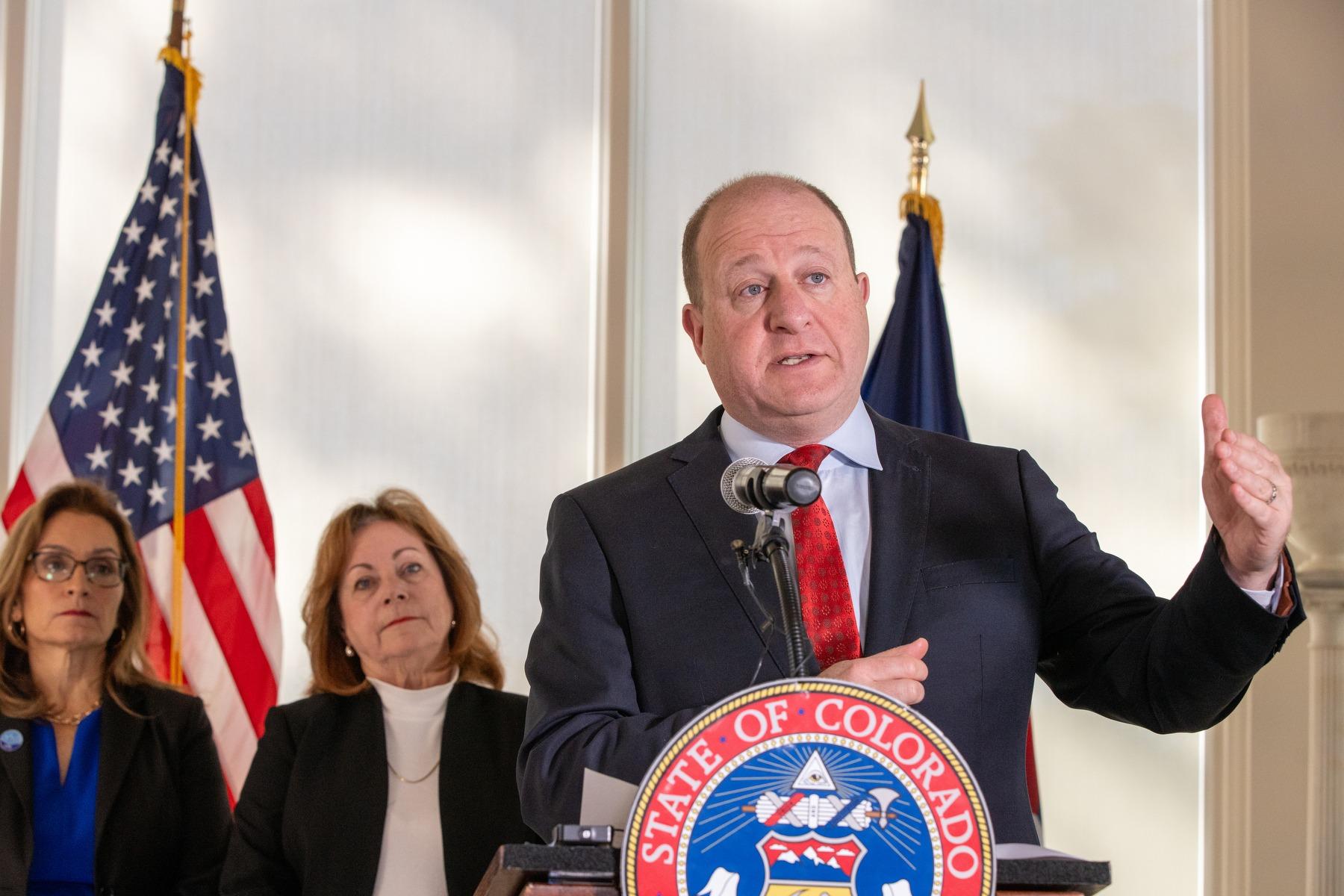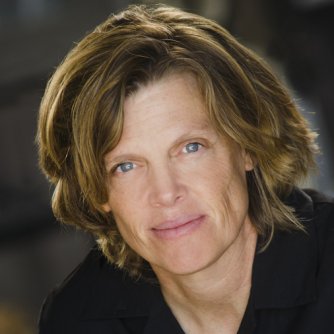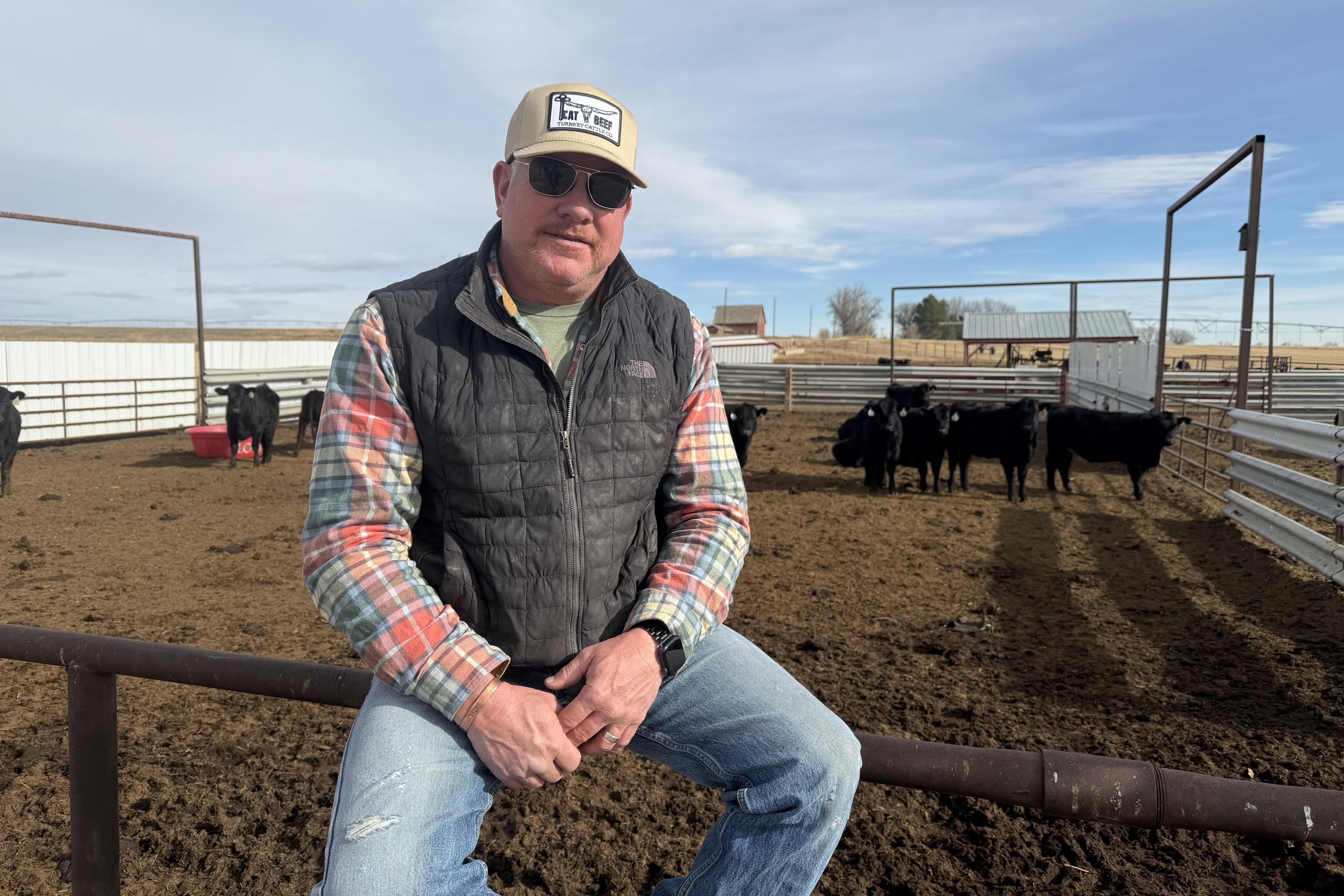
A lack of moisture across Colorado’s Front Range isn’t only disappointing metro Denver snowlovers.
It has experts recalling the bone-dry conditions in the months before the most destructive fire in Colorado history: the 2021 Marshall Fire in Boulder County.
That year, Denver’s latest first snowfall of the season occurred weeks before the disaster, according to the National Weather Service. The city is now inching closer to breaking that record set on Dec. 10, 2021. Without any snow on Wednesday, it’s clear 2025 will at least hold the title of Denver’s third-latest snowfall on record. If no snow arrives on Thursday, the city can officially expect its second-latest snowfall.
Other communities across Colorado’s Front Range have also gone weeks without significant precipitation. In Boulder, crews snuffed out a pair of small fires in the last week on Flagstaff Mountain and at an open space south of the city.
But Colorado State Climatologist Russ Schumacher sees reasons for optimism. He said a relatively wetter summer means key indicators of fire risk — such as soil moisture and vegetation drought — were more severe in the autumn ahead of the Marshall Fire. He also hopes a storm set to reach Colorado on Thursday evening will provide much-needed moisture ahead of further precipitation over the next couple weeks.
“If this storm wasn’t going to happen over the next couple days, I’d be a lot more concerned,” Schumacher said.
The National Weather Service predicts widespread rainfall across metro Denver and the Eastern Plains until early Friday, but only a 15 percent chance of snow. The same weather system should bring up to four inches of snow to the Front Range mountains.
The storm could help disrupt a seasonal pattern similar to the conditions ahead of the Marshall Fire. The blaze took off in foothills below Eldorado Canyon on the day before New Year’s Eve. The area’s abundant grassland flourished during an unusually wet spring, but a dry, hot summer and fall robbed vegetation of moisture, creating ideal wildfire fuel.
Hurricane-force winds provided the final ingredient. While it’s unclear what started the grassfire, it quickly transformed into an urban conflation rocketing through the suburbs south of Boulder. By the time smoke cleared, more than 1,000 homes and businesses were either destroyed or damaged, and two people were dead.
Colorado also experienced a wetter-than-normal spring followed by a drier-than-normal summer and fall in 2025, according to Katharine Suding, a University of Colorado Boulder professor focused on plant ecology and fire risk.
It’s a pattern she expects will grow more frequent as climate change drives wider swings in seasonal precipitation. At the same time, she’s glad many communities are now taking measures to reduce grassland fire risk, such as mowing or grazing open spaces near suburban homes or setting prescribed fires to clear out dry vegetation.
“Those things are being done now. They weren’t being done as frequently before the Marshall Fire,” Suding said.









